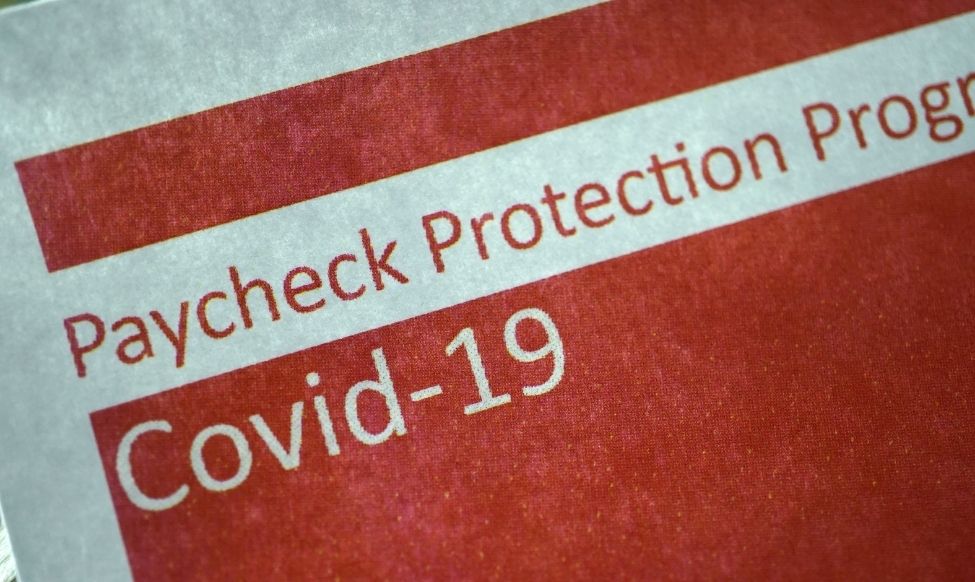As of May 28, 2021, the EEOC has released updated guidance. Visit our updated article here.
Since the first vaccines were administered in mid-December, employers and employees alike have questioned whether the workplace can require vaccination as a condition of employment. It will likely be months before the vaccine is available to most Americans, and thus it may be premature for private sector employers to propose a “vaccination for return-to-work” policy. However, on December 16, 2020, the U.S. Equal Employment Opportunity Commission issued guidance regarding employers’ obligations for mandatory COVID vaccination programs.
Essentially, the EEOC guidance provides that employers can require that employees get vaccinated as a condition of returning to work if their vaccination policies comply with the Americans with Disabilities Act (“ADA”), Genetic Information Nondiscrimination Act (“GINA”), Title VII of the Civil Rights Act of 1964, and other workplace laws.
If an employee declines to get vaccinated based on a disability[1] or a “sincerely held religious belief,” the employer must offer a reasonable accommodation to the employee, such as working remotely.[2] If no accommodation is possible, [3] then an employer may prohibit the employee from entering the business if that employee presents a direct threat to the health and safety of persons in the workplace, but the employer may not necessarily terminate the employee. Employers should evaluate these four factors to determine whether a direct threat exists: (1) duration of the risk, (2) nature and severity of the potential harm, (3) likelihood that the potential harm will occur, and (4) imminence of the potential harm.
An employer does not have to provide a particular reasonable accommodation if it poses an “undue hardship,” which means “significant difficulty or expense.” An accommodation that would not have posed an undue hardship prior to the pandemic may pose one now.[4] Prior to the pandemic, many accommodations did not pose a significant expense when considered against an employer’s overall budget and resources. However, the sudden loss of some or all of an employer’s income stream because of the pandemic is a relevant consideration. Also relevant is the amount of discretionary funds available at this time and whether there is an expected date that current restrictions on an employer’s operations will be lifted (or new restrictions will be added or substituted).
Additionally, EEOC guidance provided that the administration of a COVID vaccine by an employer is not a “medical examination” for purposes of the ADA and administering the vaccine or requiring employees to present proof of vaccination does not implicate GINA.
If you have questions regarding mandatory COVID vaccines in the workplace, please contact us.
Thank you to Daniel Axelrod for his research and writing assistance with this article.
[1] Title VII as amended by the Pregnancy Discrimination Act specifically requires that women affected by pregnancy, childbirth, and related medical conditions be treated the same as others who are similar in their ability or inability to work. This means that a pregnant employee may be entitled to job modifications, including telework, changes to work schedules or assignments, and leave to the extent provided for other employees who are similar in their ability or inability to work.
[2] On November 8, 2020, the New York State Bar Association passed a resolution urging the state to consider enforcing mandatory COVID vaccination, even if people object for “religious, philosophical or personal reasons.” The EEOC, however, did not issue any guidance on that resolution.
[3] If a job may be performed only at the workplace, there may be reasonable accommodations that could offer protection to individuals whose disability puts them at greater risk from COVID and who therefore request such actions to eliminate possible exposure. Even with the constraints imposed by a pandemic, some accommodations may meet an employee’s needs on a temporary basis without causing undue hardship on the employer. If not already implemented for all employees, accommodations for those who request reduced contact with others due to a disability may include changes to the work environment such as designating one-way aisles; using plexiglass, tables, or other barriers to ensure minimum distances between customers and coworkers whenever feasible per CDC guidance or other accommodations that reduce chances of exposure.
[4] For example, it may be significantly more difficult in this pandemic to conduct a needs assessment or acquire certain items, and delivery may be impacted, particularly for employees who may be teleworking. Or, it may be significantly more difficult to provide employees with temporary assignments, to remove marginal functions, or to readily hire temporary workers for specialized positions.








